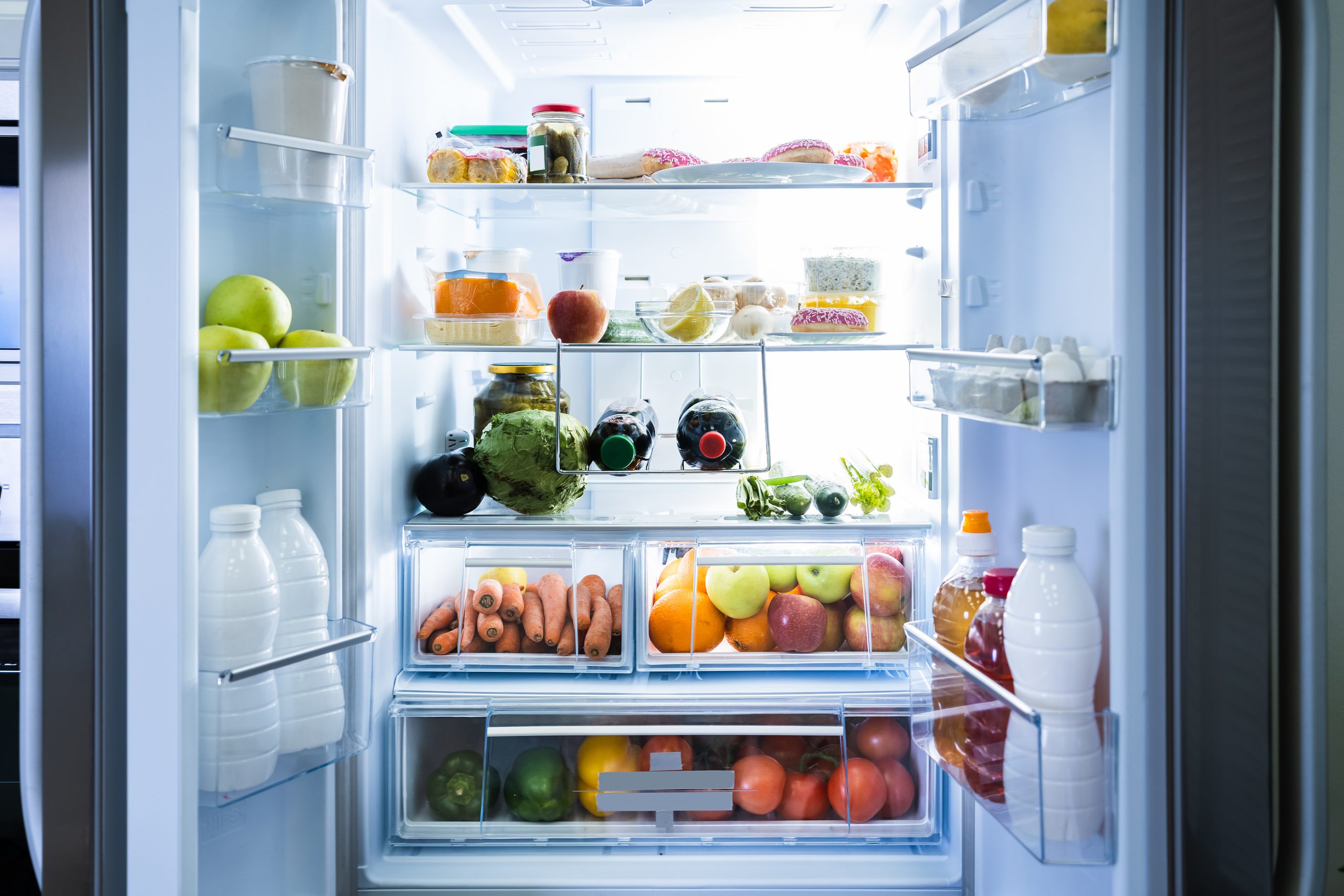Choosing an outdoor refrigerator to store food and beverages requires several considerations. Each model must tolerate wider temperature fluctuations to maintain adequate cooling. In addition to keeping contents cold in the summer heat, an outdoor model must be waterproof to prevent electrocution in a range of weather conditions.
In this guide, we will cover three key factors in choosing an outdoor-rated refrigeration system, which include:
- Technical Specifications
- Design Parameters
- Maintenance Requirements
By considering these factors, you can find the right appliance. The location of the fridge is also important. It should be placed in a cool, shaded location, as direct sunlight will affect temperature control and increase energy usage. If only a small shaded area is available, a more compact unit is better. Here are other main considerations, whether using an outdoor fridge for a small barbecue or to complete a full outdoor kitchen.
Technical Specifications
While you might not be familiar with every technical detail, the product’s ratings can give you a broader picture of its performance. The most important are:
- Underwriter’s Laboratories (UL): A fridge with a UL rating has undergone extensive safety testing and certification to ensure it meets minimum standards. The rating is a strong measure of food safety, especially for perishable items, and guarantees the unit is waterproof.
- National Sanitation Foundation (NSF): The NSF label guarantees your refrigerator is food-safe and that it has passed strict evaluations. These tests must show the unit can maintain a temperature of less than 40°F. Also, all construction materials must be FDA-approved.
- Energy Star: An Energy Star rating means the product demonstrates consistent, quality performance while using less energy. Aside from saving electricity, it also means the system will emit fewer greenhouse gases (to protect the environment) than comparable non-rated products.
Also make sure the unit is rated for outdoor usage. Good insulation, and a built-in compressor, allow proper cooling and reduce noise. Ventilation from the front ensures air circulation isn’t obstructed by things on the side or behind the appliance. Rear venting is fine so long as there’s sufficient space around the top, back, and sides.
You may also select between forced air or cold plate outdoor refrigeration. A forced air system uses a fan to push cold air into the cabinet. It provides more consistent temperature distribution but the fullness of the unit and presence of glass or metal shelving can affect temperature evenness.
Cold plate, or static cooling refrigeration, places the cooling element at the rear to pull heat out to cool food; it can take up to 48 hours to cool the entire refrigerator. Food placement, especially near the back or touching the cold plate, can result in inconsistent temperatures.
Outdoor Refrigerator Design
Design elements to consider include:
- Material: An outdoor fridge must have a rust-resistant material, which is usually stainless steel. But be aware of the type: 304 stainless is more resistant to corrosion than grade 430 stainless steel, or a plastic-wrapped steel cabinet. Remember, luxury models shine in durability compared to standard or mid-range units.
- Storage capacity: Compared to freezer/fridge combos, outdoor refrigerators are more compact. Most provide 5 to 6 cubic feet of interior space, while slimmer models have around 3 cubic feet. However, shelves and drawers can be configured to maximize available room
- Lighting: LED lights provide visibility while maintaining efficiency. They’re long lasting, don’t add heat within, and enable use of an outdoor fridge in the dark.
- Features: Although simpler in design, an outdoor model can include adjustable shelves, adjustable thermostats, automatic defrost, locking doors, or even glass doors.
- Location: Some models can be installed under a counter, while others are freestanding or built-in to accommodate your luxury outdoor space. Freestanding models can be placed under a counter, but there’s a risk of poor ventilation when there’s not enough space.
How to Maintain Your Outdoor Refrigerator
To maintain your appliance, clean the interior, the coils, and compressor fan. Short-term and long-term maintenance factors should be considered, as with an indoor model. Also consider usage. If you’re only using your fridge during the warm season, turn it off during the winter months. Before leaving on vacation, turn it off 24 hours in advance to ensure it’s dry, and store a pack of baking soda to remove odors. And if you have a Sub-Zero or other premium brand, consider any special maintenance or repair requirements recommended by the manufacturer.
Contact Wilshire Refrigeration
At Wilshere Refrigeration & Appliance, we install leading-brand appliances and provide factory-certified service. If you’re shopping for an outdoor refrigerator to compliment your grill and store food and drinks, we’ll help walk you through all the options. To learn more and get a same-day appointment, give us a call at 800-427-3653.




